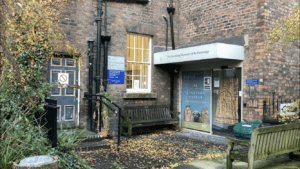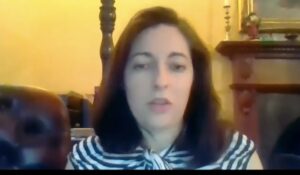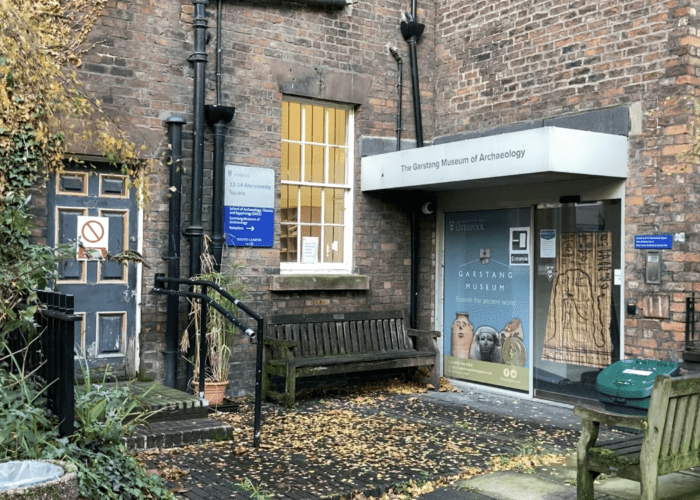The Garstang Museum of Archaeology looks at first glance a bit like a hobbit-hole. The Liverpool-based museum tries to hide its Victorian structure with some ivy plants to fit the woodland-like landscape of the place.

Yet inside its doors, a hi-tech initiative to improve the digital presence of museums from the North West of England is taking place, after the museum obtained funds for a revolutionary 3D-modeling project just over two weeks ago.
The Garstang museum, based on the campus of the University of Liverpool, plans to use a £40,000 grant from the Art Fund to teach staff from six museums in the region how to use 2D photographs for creating 3D models of artefacts found in their collections.
The project aims to provide photogrammetry training to staff from the Atkinson Museum in Southport, Bolton Museum, Manchester Museum, Tullie House Museum and Art Gallery in Carlisle, and the Victoria Art Gallery in Liverpool.
Video: Interview with Dr Ardern Hulme-Beaman and Dr Gina Criscenzo-Laycock
Dr Gina Criscenzo-Laycock, the museum curator, said: “You have a lot of people working in museums who would hear photogrammetry and building 3D models and would assume that it is something out of reach of their own capabilities.

“We want to show them how it works and how it’s possible that they may be able to do some of this”, she said.
Photogrammetry is the use of photography for surveying and mapping different objects to make sure that measurements between them are accurate.
Dr Ardern Hulme-Beaman is the leader of the Photogrammetry team at the University of Liverpool and has been heavily involved in the project.
He explained: “We just take many, many 2D photographs and then we primarily use software.
“One of the important things that we’ve been working on with the photogrammetry team is algorithms that specifically improve the texture of our models by just capturing the regions that are on focus between images.

“We are making models at a high-quality standard,” he added.
Even though this technology has been mainly used in academic contexts, the hope is that it also helps museums to engage more with their audiences while they are closed because of restrictions to stop the spread of coronavirus.
Dr Criscenzo-Laycock said: “One of the ideas of the project is to develop a digital exhibition of highlights from collections in the North West that hopefully will encourage people to go and visit some of the museums that are featured in it.”
The Covid-19 crisis devastated museums in the UK. Some of their main sources of funding stopped when they closed to the public last March.
Written evidence submitted by eight representatives and associations from the museum industry to a parliamentary report about the Impact of Covid-19 on digital, culture, media and sport sectors said: “The principal long-term impact of the crisis on the sector is to its financial health.”
The document said that at the time the crisis begun, many museums in the country did not have much money left in their accounts and were looking forward to the spring-summer period, when they get most of their visitors and income.
It also said that many museums were likely to make staff redundant to reduce costs in order to survive. In Liverpool, National Museums Liverpool announced last October that it could cut 20% of its staff to cope with the economic pressure of the crisis.
On the other hand, the written evidence also noted that the crisis highlighted the importance of museum digital services – both collections digitisations and online outreach.
The Garstang museum is pitching to other museums and organisations in the North West the idea of creating digital, 3D versions of their own collections. There are ongoing talks with the World Museum, the Association for Independent Museum and Museums Development North West.
There are hopes for improvement in the technical side of the project, too. Dr Hulme-Beaman said: “We’re looking at other funding sources for multispectral imaging and we’re already doing some image enhancement process as well as using scanning electron microscopes.”
The final hope of the Garstang Museum is that, just like Tolkien’s hobbits, the project becomes the stuff of legends.
Dr Criscenzo-Laycock said: “The hope ultimately is that we’ll become the hub of a network across the UK to provide this expertise as far as we can.”

